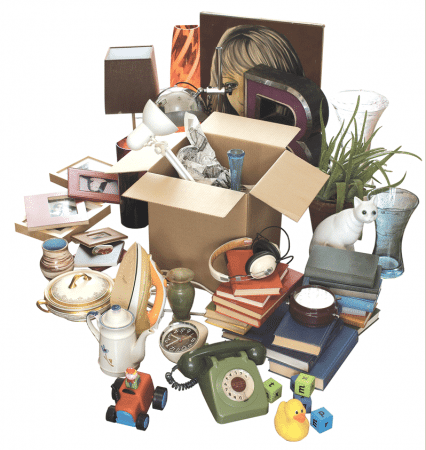Hoarding Disorder is a debilitating disorder that can be caused by many different things. It’s important to know the types of Hoarding Disorder, the signs and symptoms, treatments, and what it means for your life so you can get help.
Contents
What Is Hoarding Disorder?
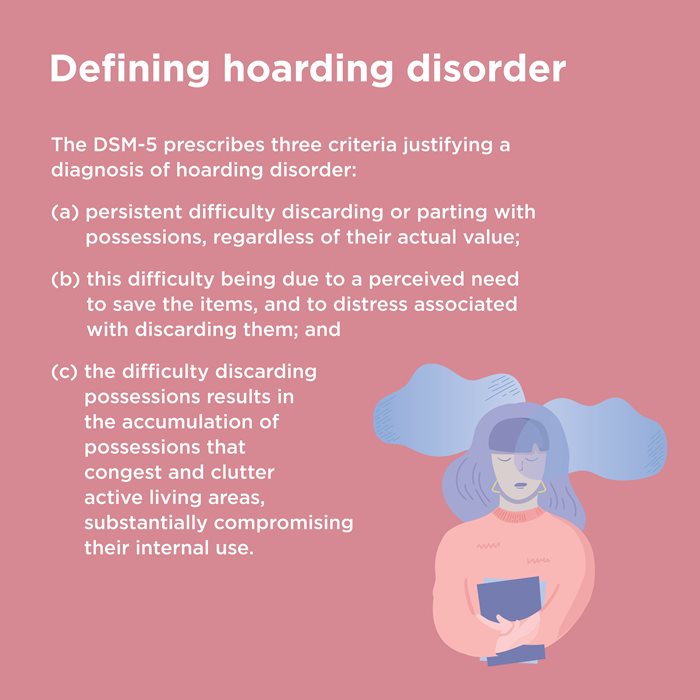
Hoarding Disorder is a mental health disorder that causes someone to have persistent difficulty discarding or parting with possessions, regardless of their value. They also experience distress at the thought of getting rid of these items and will usually hold on to things most people would consider trash. In severe cases, they may even allow some trash inside their home because it’s just easier.
Types Of Hoarding Disorder
There are two types of hoarding disorder: “acquiring” and “disposing of.”
- The acquiring type refers to the inability to discard items,
- While the disposing type is a refusal or inability to get rid of things.
NOTE: This doesn’t mean that one person will only have one kind; it’s common for someone to experience both.
Degrees Of Hoarding Disorder
Some people with hoarding disorder may struggle more than others.
Degree One
The mildest form of Hoarding Disorder is when someone accumulates items from their home and workplace but they don’t have any issues discarding them. Although this does cause problems for that person in some way or another – maybe there’s a health hazard to themselves or a loved one, for example. This is also known as “compulsive hoarding.”
Degree Two
The middle range of Hoarding Disorder occurs when someone often experiences the symptoms above but they can’t perform daily tasks or function properly because of this, even with intervention. This level may be seen in people who are unable to cook due to excess items on their countertops, for example.
Degree Three
The most severe form of hoarding is when someone’s home becomes so cluttered that it’s no longer livable. This can lead to things like rodent and insect infestations, fires from using candles or stoves to heat the home because there’s no other way, and much more.
Is It OCD?
Hoarding Disorder is often mistaken for Obsessive-Compulsive Disorder (OCD) because there are similarities between them. But they aren’t related in any way and can even coexist with each other. So someone must get an accurate diagnosis.
Causes Of Hoarding Disorder
There are many causes of hoarding disorder, including genetics and brain chemistry. But different things can trigger this for each individual. It could be a traumatic experience, like the death of a loved one, or a stressful life event. It could also be something as simple as wanting to keep things “just in case.”
Diagnosing Hoarding Disorder
To diagnose someone with hoarding disorder, a doctor will ask the individual about their symptoms and personal history—including any other mental health conditions they may have experienced in the past. They may also refer them to a therapist or psychiatrist who specializes in treating this kind of disorder.
Questions Asked In Assessment
- What is your age?
- Do you have any other mental health conditions? If so, which ones and how long have you had them for?
- Do these symptoms interfere with daily activities such as cooking or getting dressed in the morning because there’s no space to do it properly (degree two or three)?
- Are you aware that your hoarding is a problem? If not, who else has expressed their concerns to you about it and how have they done so?
- Do you feel like there’s a connection between your hoarding behavior and any other mental health conditions or life events? What are those connections for you personally?
Common Symptoms Of Hoarding Disorder
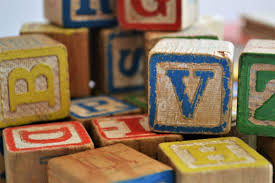
There are many symptoms of hoarding disorder that people experience daily. These can include:
- The inability to discard items, even if they have no value or use anymore
- An overwhelming sense of anxiety when attempting to throw things away
- Difficulty organizing one’s space because there is so much clutter
- A sense of shame around the disorder and/or having to hide it from loved ones
- The belief that one will need an item in the future (despite not using or needing it currently)
Specific Symptoms Of Hoarding Disorder
- Stress and anxiety when discarding items because they may feel like it’s wasteful or irresponsible; this can make their life incredibly stressful if they’re constantly having to decide what needs throwing out (because of the clutter) and what doesn’t.
- Difficulty making decisions or completing tasks because there are so many things around them; may cause them to procrastinate, miss deadlines, or forget important things.
- Feeling like they need an item to survive or that they’ll never have enough of something; can often lead to compulsive buying which will only add to the clutter problem.
- Constant arguments with other people about the hoarding behavior and how it’s affecting them negatively (whether they’re family members, significant others, friends, etc.)
- Difficulty maintaining a job or going on vacation, especially if they need more space than usual.
- Low self-esteem, especially if their friends and family have criticized them for this behavior before.
- Obsessive thoughts about the items they’ve accumulated and fear of running out of something.
Consequences Of Hoarding Disorder
In Relationships
Hoarding disorder can have a ripple effect on many different areas of someone’s life.
In relationships, it can cause a lot of tension and conflict. This is because the hoarder feels like they’re being suffocated by all the stuff, while their partner may feel like there’s never enough space and that their needs are always being ignored.
In Work Life
In work life, hoarding disorder can lead to missed deadlines, lost productivity, or even getting fired. It’s hard to focus on work when there’s so much clutter and chaos surrounding you.
In Social Life
In social life, it can be difficult for hoarders to make friends or maintain relationships because they feel embarrassed by their disorder. They may also avoid gatherings or events where they know there will be a lot of people because they don’t want anyone to see their home/apartment.
Treatment Options And Therapies For Hoarding Disorder
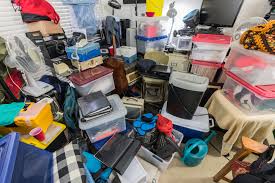
If you think that you may have a hoarding disorder, the first step is to talk to a professional about it. There are many different treatment options and therapies available, depending on what will work best for the individual.
Some common treatments include:
Cognitive-behavioral therapy (or CBT)
This type of therapy focuses on changing the thoughts and behaviors that contribute to hoarding disorder.
Interpersonal Psychotherapy
This is a type of therapy that helps people deal with difficult relationships, including the ones they have with themselves.
This can be helpful for families who are struggling to cope with their loved one’s hoarding disorder.
Medication
In some cases, medication may be prescribed to help control the symptoms of hoarding disorder.
There are many support groups available for people with hoarding disorder. This can be a helpful way to connect with others who understand what you’re going through.
Group therapy is a type of therapy where people with hoarding disorder meet with a therapist and share their experiences. This can be helpful because it allows people to connect with others who understand what they’re going through.
Talking To A Professional About Hoarding Disorder And Seeking Treatment
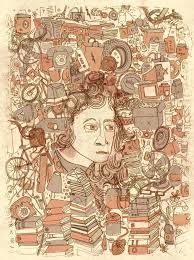
If you’re struggling with hoarding disorder, it’s important to talk to a professional about it. They can help you understand and deal with the condition in a way that is best for you.
Many different types of professionals can help, including therapists, psychiatrists, and social workers. You can go online and research local therapists or support groups that can help.
When looking for a professional to talk to, it’s important to find someone who has experience with hoarding disorder and knows how to treat it. You may want to ask your friends or family members for recommendations or do some online research to find a professional who is right for you.
When talking to a professional about hoarding disorder, be prepared to answer some questions about your condition. This will help them understand what treatment will work best for them.
Some common questions that professionals may ask include:
- How long have you been struggling with hoarding disorder?
- What symptoms do you experience when you hoard?
- Do your family and friends know about your disorder?
- How has this disorder affected your work life, social life, and relationships?
- What treatments have you tried in the past for this disorder?
- What do you hope to gain from treatment for this disorder?
- Are you willing to make changes in your lifestyle to help treat your disorder?
NOTE: Talk to loved ones about what’s going on so they can offer their emotional support and guidance, whether you decide to seek therapy or not. If your loved ones are struggling with this disorder, encourage them to attend family therapy sessions where everyone can work together on understanding and coping better with what’s going on.
What Professionals Think About Hoarding Disorder

There is still some debate among professionals about whether or not hoarding disorder should be classified as a mental illness. However, most professionals agree that this disorder can cause significant distress and impairment in the individual’s life.
Many professionals view hoarding disorder as a serious condition that requires treatment. The American Psychiatric Association has recently included hoarding disorder in its Diagnostic and Statistical Manual of Mental Disorders (DSM-V).
Despite the growing awareness of this disorder, there are still many people who do not understand what it is or how to deal with it. If you are struggling with hoarding disorder, don’t be afraid to reach out for help. Many professionals can assist you in overcoming this condition.
Case Study
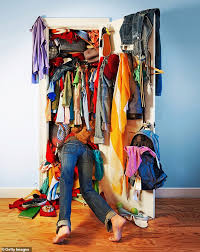
“I had a client who was struggling with compulsive shopping, which caused her significant distress.” – Clinical Psychologist Dr. Gerald Nestadt
Dr. Nestadt explains that his client felt an “urge to shop” almost every day, and she kept telling herself that “one more thing won’t hurt.” Eventually, her shopping turned into a hoarding disorder. Dr. Nestadt says that it’s important for hoarders to have a “safe place” where they can store their possessions. This could be a storage unit, friends’ or family members’ houses, or even a self-storage facility.
He also recommends that hoarders keep a list of the things they need and want so they don’t buy unnecessary items. When the urge to hoard becomes too strong, it can be helpful to have someone else around that you trust and love. Your loved ones may not understand what’s going on with your condition. But they can still provide emotional support by listening to you and offering guidance when necessary.
Conclusion
Hoarders need support from their loved ones for treatment to be successful. Remember that this is a mental disorder, so it’s not your fault if you have a hoarding disorder.
If you are struggling with this condition, the first step is to talk to a professional about it and find out what treatment options may be best for you. You can also share your experiences with others who have had similar struggles by attending support groups or joining online communities that can offer guidance and compassion.
If you are looking for affordable Online Counseling MantraCare can help: Book a trial therapy session
